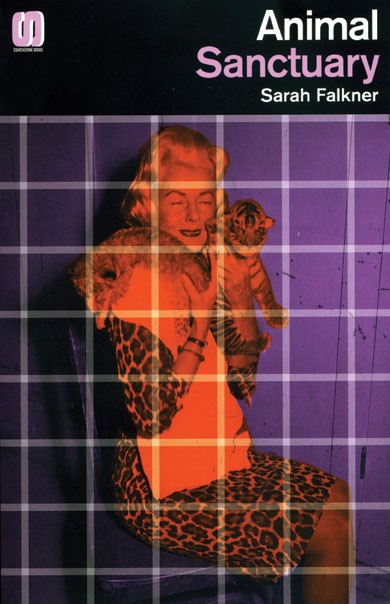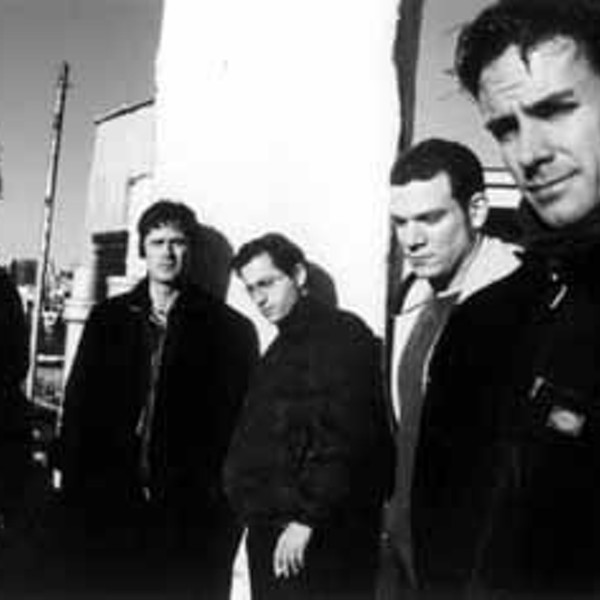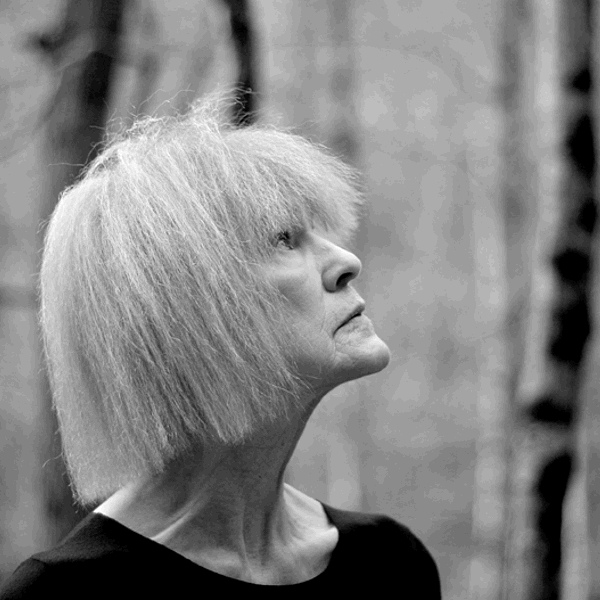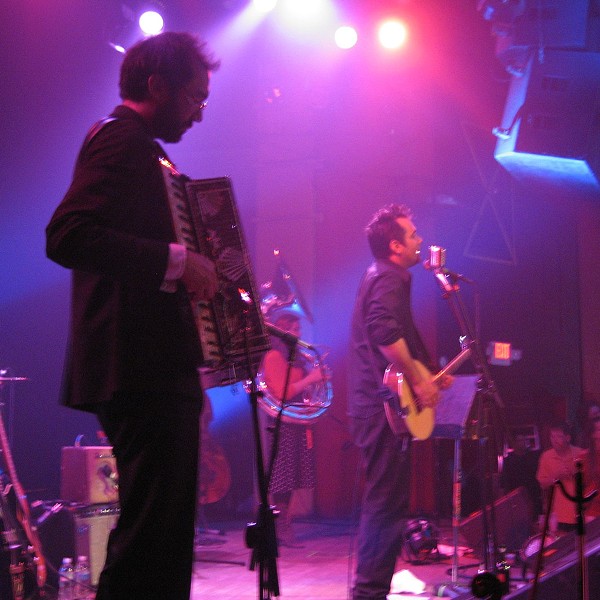Book Review: Animal Sanctuary
[]
There’s an old joke about a drunk being stopped by a cop: As the drunk sits in his car, waiting for the officer to come up to the window, he tells himself: Don’t say Occifer. Don’t say Occifer.
Up comes the cop.
“Evenin’ Occifer,” blurts out the drunk.
What I didn’t want to blurt out about this book, Animal Sanctuary—which is not just written, but crafted and, really, invented by Hudson author Sarah Falkner—is the word “experimental.” I didn’t want to say it, as the word tends to create a rather pleasureless, sour taste in a prospective reader’s mouth. But this novel is delicious. It’s brilliant. It is a pleasurable, sweeping tale told in gorgeous, startling prose.
At its center is actress Kitty Dawson, star of some 1960s movies involving wild animals and great danger. She has a soft spot for critters, particularly big cats. Her career on the wane, she establishes an animal sanctuary for the sad, fanged, exotic castoffs (of which, we learn, there are so many), and there are delightful sections about the complexities of doing so. The story branches into the lives of her son (a performance artist), Kitty’s body double, the movie director, and more. We are not so much shown these characters as we are thrown right into the ring with them: Falkner’s prose leaves a dense, complex impression but it’s actually quite spare and efficient, and instead of introductions she simply switches, crisply, to a new point of view. But there’s plenty of action and plot to anchor her luminous tale. In one of my favorite early moments, Dawson, in the midst of filming, gets mail from her husband:
An envelope arrives from Noel. It contains a photograph of our living room, and in the living room, on the green paisley couch, is a lion, a large male, with a full mane.
“Call me when you get this!” is scribbled on the back.
The story is told in a myriad of different formats—whole sections written in dialogue, or in interior thought, or as excerpted articles and news bits (hilariously pitch-perfect in tone). Chapter titles quietly announce their arrival: “Some Publications in Which Rory Dawson Is Mentioned” (chapter 9). Gruesome, tragic details are told with an unstinting clarity. Whatever the format, the story keeps growing, its issues expanding and taking shape: what it means to be human, to make art, and to have an impact of the lives of animals whether it harms or helps them. It may sound like an implausible mix, but in Falkner’s hands, it winds up seeming absolutely inevitable: the natural predicament of all of us, circa right now.
Animal Sanctuary is also an argument for why—every once in a frequent while—we should put down our plot-driven / would-work-so-well-as-a-Julia-Roberts-movie / Oprah-would-love-it kind of books, and pick up something like this. No, actually, pick up this. For this book is pearls. It won the Starcherone Prize for Innovative Fiction, and bearing such a badge of honor may in fact keep it off the front table at the big-box bookstore. Even the arbiters of the prize are careful to say “innovative,” not that more dangerous, wilder-sounding e-word. But experimental or not, this is a great modern tale, and you should read it.

















